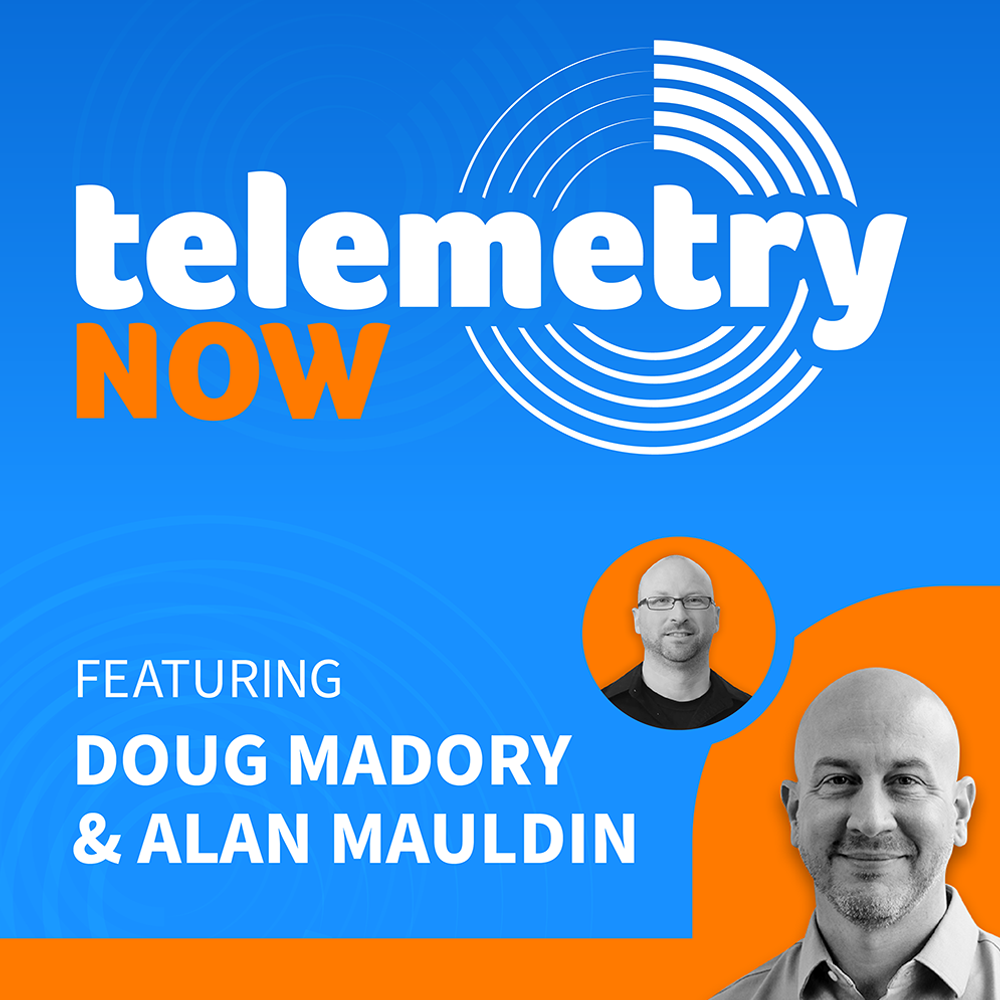
00:00
00:00
1x
- 0.5
- 1
- 1.25
- 1.5
- 1.75
- 2
Connecting the world: Undersea cables with Alan Mauldin
This is a podcast episode titled, Connecting the world: Undersea cables with Alan Mauldin. The summary for this episode is: <p>With the proliferation of public cloud technologies and Wi-Fi, it can be easy to forget that much of the world's connectivity happens via hardwired submarine networking cables and infrastructure that crosses the planet's oceans. In today's episode, host Phil Gervasi sits down with Doug Madory and Alan Mauldin to discuss geography and geopolitics impact on network access. Alan Mauldin is a Research Director at TeleGeography, and has worked with Doug for many years, and together they help paint a picture of how internet flows and connects continents, that is when sharks aren't biting through the cables! Is it a myth? Tune in to find out.</p><p><br></p><p>Key Takeaways:</p><ul><li>[00:01 - 02:19] Introduction to Alan Mauldin</li><li>[02:23 - 05:31] How Doug and Alan got to know and work together with TeleGeography</li><li>[05:31 - 06:17] Conferences related to network geography</li><li>[06:19 - 07:44] Explaining the flow of networks across submarine cables and satellites</li><li>[07:46 - 08:37] Cables vs satellites, different use cases</li><li>[08:37 - 12:06] Everyone benefits from investments by content providers in submarine cables</li><li>[12:07 - 13:53] Shared ownership and building submarine cables for the public good</li><li>[13:54 - 16:51] A shift towards fiber pairs to improve latency across distances</li><li>[16:53 - 19:11] Why would a cable be retired? Did a shark eat it, or is that a myth?</li><li>[19:12 - 23:03] Who is involved in making submarine cables reality, who owns the responsibilities?</li><li>[23:04 - 25:17] The geopolitics of laying cables between countries who aren't on the friendliest terms</li><li>[25:19 - 30:36] The ALBA-1 submarine cable to Cuba</li><li>[30:36 - 33:43] Context around direct and indirect side effects with the US/China cables</li><li>[33:44 - 39:53] What has changed with undersea cable technology in regard to the growth of public cloud technology?</li><li>[39:53 - 45:51] Built-in logic and intelligence in undersea cable infrastructure</li></ul><p><br></p>
Key Takeaways
Trailer
01:09 MIN
Introduction to Alan Mauldin
02:18 MIN
How Doug and Alan got to know and work together with TeleGeography
03:07 MIN
Conferences related to network geography
00:45 MIN
Explaining the flow of networks across submarine cables and satellites
01:25 MIN
Cables vs satellites, different use cases
00:51 MIN
Everyone benefits from investments by content providers in submarine cables
03:28 MIN
Shared ownership and building submarine cables for the public good
01:46 MIN
A shift towards fiber pairs to improve latency across distances
02:56 MIN
Why would a cable be retired? Did a shark eat it, or is that a myth?
01:22 MIN
Who is involved in making submarine cables reality, who owns the responsibilities?
03:51 MIN
The geopolitics of laying cables between countries who aren't on the friendliest terms
02:13 MIN
The ALBA-1 submarine cable to Cuba
05:16 MIN
Context around direct and indirect side effects with the US/China cables
03:07 MIN
What has changed with undersea cable technology in regard to the growth of public cloud technology?
06:09 MIN
Built-in logic and intelligence in undersea cable infrastructure
05:57 MIN